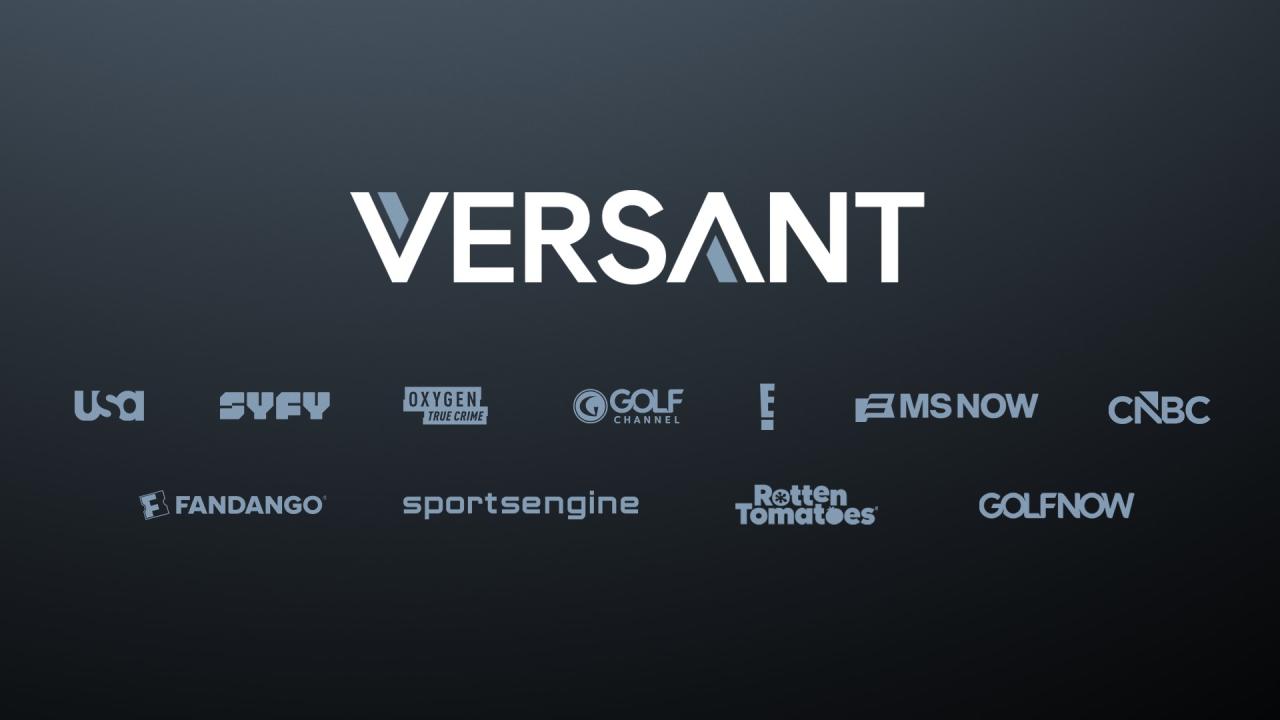Canon EOS 5D Mark II Digital SLR Cameras Attract Broad Range of HD Users
From TV commercials and series to major Hollywood features and network concerts, the Canon EOS 5D Mark II digital SLR camera is an increasingly popular choice for its superb film-like HD picture quality, extreme portability and advanced low-light imaging capabilities. Four recent productions provide examples of the camera’s wide versatility.
Accomplished director of photography Shane Hurlbut used Canon EOS 5D Mark II digital SLR cameras to shoot a commercial for U.S. Navy rescue teams that included dramatic footage of injured mountain climbers being airlifted by Blackhawk helicopters.
“If we had used motion-picture cameras it would have taken us half the day just to haul the gear up the mountain,” Hurlbut noted. “What we accomplished was all because of the compact nature of the 5D Mark II and our ability to take advantage of its still-photography platform to make beautiful motion pictures.”
The Canon EOS 5D Mark II digital SLR features an exceptional 21.1-megapixel full-frame CMOS sensor with a Canon DIGIC 4 Image Processor and a vast ISO Range of 100-6400. Offering manual exposure control and multiple frame rates, the camera is compatible with scores of interchangeable Canon EF lenses, and records its stunning 1920 x 1080 full HD video on to Compact Flash memory cards.
“Re-loads and unlimited re-takes were not an option,” Hurlbut added. “It was amazing what we were able to pull off in so short a time.” In fact, Hurlbut and his team were able to capture footage for two Navy commercials in one day, shooting from helicopters, underwater, and atop mountains with Canon 5D Mark II digital SLR cameras.
Crash Cams
The use of Canon 5D Mark II cameras for shooting TV series has also attracted a lot of attention, with notable examples including a season-ending episode of House. The show depicted the rescue of earthquake victims trapped in the garage of a collapsed building. Given the tight quarters of the realistic sets used for the episode, the Canon 5D Mark II provided the compact size and low-light capabilities its director of photography needed to film this tense and dramatic story.
The professional video industry's #1 source for news, trends and product and tech information. Sign up below.
Elsewhere in Hollywood, Canon 5D Mark II cameras have also been used for feature-film photography. In the movie Iron Man 2, director of photography Matthew Libatique, ASC used several of the cameras to create an action-packed racecar sequence. Canon 5D Mark II cameras were mounted on a vehicle used to shoot backgrounds of the European race location. Far smaller than the film cameras used by the production, the compact and lighter 5D Mark II cameras were able to be used in greater number by the crew to capture more footage. Then, back in Hollywood, the cameras were mounted on racecars to capture hazardous point-of-view shots that would be been more difficult to shoot with film cameras.
“With the Canon cameras we were able to easily change lenses and make quick decisions,” Libatique stated. “ The set-up time was 10 times faster than with a film camera, and we could mount the 5D Mark II cameras in all sorts of places We got extra angles in spots that we wouldn’t have been able to get in 35mm without a lot more effort. There is no other camera that can really get into some of the tight spots that the Canon 5D Mark II can, and with the ease that it can.”
Energy and Action
While movies are carefully planned and scripted, videos of music concerts are spontaneous and usually unpredictable. Here too, however, Canon EOS 5D Mark II digital SLR cameras have been used with great efficiency. Their small size enables camera operators to be unobtrusive and capture unique, up-close moments that convey the personality of performers to their fans. One such concert – shot with Canon EOS 5D Mark II and 7D digital SLR cameras – featured country superstar Gary Allan, and it was captured by director of photography Rhet Bear for the Great American Country cable network
“These kinds of shows are usually produced using traditional truck packages, big mobile production units that deploy more than half a dozen big HD cameras, a crane, lots of lights, and a large crew,” Bear explained. “This time around, however, the show’s director, Stephen Shepherd from Tailight (a Nashville-based production company), had the idea of shooting the concert with Canon HD DSLRs. Stephen didn’t want to do a traditional-style live show. He wanted something that had a lot more energy and a lot more frenetic action to it. The Canon DSLRs made this possible. They’re small and aren’t tethered to cables, so they can get up-close and into places that larger cameras can’t.”
All lenses used for the production were Canon L-series models, which included EF 24mm and 28mm fixed-focal length wide-angle primes, an EF 24-70mm standard zoom, 70-200mm telephoto zoom, and a 16-35mm ultra-wide zoom.
“We also shot interstitial interviews backstage before the show,” Bear added. “These were in really low-light areas, so we used prime lenses. Having an f/1.4 or f/1.8 prime on the camera really enabled us to dig into the dark areas behind the stage, which was great. We did have a compact LED light that we floated around to bring up the ambiance just a little bit, but there otherwise wasn’t a lot of light.”
“Canon’s 5D Mark II and 7D DSLRs provide a lot of advantages for a show like this,” Bear stated. “I don’t think the Super Bowl is going to be shot this way any time soon, but for the work we do they’re great.”
###
